Foot health is crucial for our daily life and overall bodily well-being, and both high arches and flat feet are common foot problems. Although they manifest in completely different ways, both can significantly impact posture, gait, and long-term health. Fortunately, modern technology offers solutions to manage these issues, with foot scanners gradually becoming essential tools. Using the scientific analysis technology of 3D foot scanners, not only can foot shapes be captured precisely, but also personalized solutions for correcting high arches and flat feet can be developed.
Understanding High Arches and Flat Feet
High Arches
High arches refer to a foot condition where the arch is significantly higher than normal. Due to the elevated arch, the middle part of the foot doesn't fully touch the ground, causing pressure to concentrate on the forefoot and heel. This condition often leads to foot fatigue, pain, and can even affect knee and spinal health.
Flat Feet
In contrast to high arches, flat feet occur when the arch collapses or disappears entirely, causing the entire foot to make full contact with the ground. Flat feet weaken the foot's ability to cushion, increasing the pressure on the ankles, knees, and lower back, potentially leading to discomfort or even long-term damage.
Although high arches and flat feet differ in their manifestations and causes, both require scientific analysis and targeted intervention to avoid further health complications.
How Foot Scanners Scientifically Analyze High Arches and Flat Feet
Comprehensive Capture of Foot Structure
Foot scanners use 3D imaging technology to capture the foot's morphological features in detail, including the height of the arch, the alignment of the toes, and the position of the heel. This data can provide a direct and detailed reference for diagnosing high arches and flat feet.
For high arch patients, the scanner can precisely show the height of the arch and the areas of pressure distribution.
For flat feet patients, the scanner can clearly display the degree of arch collapse and the extent of the foot's full contact with the ground.
Dynamic Data Analysis
In addition to static measurements, foot scanners can capture dynamic data, such as gait and posture while walking. This dynamic analysis helps identify abnormal movements caused by high arches or flat feet and provides insight into designing corrective insoles.Personalized Assessment and Reports
The 3D data generated by the foot scanner allows doctors and patients to visually understand the specific foot problems. For example, reports can mark the height of the arch, the angles of the toes, and the degree of tilt of the heel, making it easier to develop targeted treatments.
Common Problems of High Arches and Flat Feet and Their Solutions
Common Problems of High Arches
Pain and Discomfort
High arch patients often experience foot pain due to the concentrated pressure, especially after standing for long periods or exercising.Foot Instability
The elevated arch weakens foot stability, increasing the risk of ankle sprains.Ill-Fitting Shoes
Many high arch patients find that regular shoes do not provide enough support, leading to foot discomfort.
Solution:
With precise measurements from foot scanners, custom insoles designed to support the height of the arch can be created, alongside shoes that provide good cushioning and support.
Common Problems of Flat Feet
Foot Fatigue
Flat feet patients lack arch support, making them prone to fatigue when walking or standing.Posture Abnormalities
Flat feet can alter the alignment of the legs, leading to issues such as knee valgus or varus.Long-Term Damage
If not addressed, flat feet can lead to premature degeneration of the knees, hips, and spine.
Solution:
Foot scanners can accurately identify the extent of arch collapse and design insoles that support the arch, helping restore proper alignment and relieving pressure.
Practical Applications of Foot Scanners in Managing High Arches and Flat Feet
Monitoring Children’s Foot Development
Many parents overlook their children's foot health, missing the opportunity for early intervention. Foot scanners can help monitor the development of the child's arches, detecting potential high arches or flat feet early, and providing a scientific basis for further intervention.Foot Protection for Athletes
High-intensity sports put high demands on the feet. For athletes with high arches or flat feet, foot scanners can help design custom insoles and sports shoes that improve performance and prevent injury.Foot Health Management for People in Occupations with Long Standing Hours
Professions such as nursing, teaching, and waitstaff often involve long periods of standing, leading to foot problems. Through foot scanners, these individuals can get custom-designed corrective insoles, reducing foot fatigue and protecting their overall health.
Future Development and Prospects of Foot Scanners
With continuous advancements in technology, foot scanners will become more intelligent and versatile. For instance:
Portable Devices: Future foot scanners will be lighter and more portable, allowing users to conduct scans at home.
AI Diagnosis: By integrating AI technology, scanners will automatically detect foot problems and provide preliminary treatment suggestions.
Integration with Smart Wearables: By working in conjunction with smart insoles or gait analysis devices, foot scanners will offer more comprehensive foot health management solutions.
The 3D analysis technology in foot scanners has paved a new path for the scientific diagnosis and management of high arches and flat feet. Through precise data collection and personalized solutions, many patients have seen effective relief from their foot problems, significantly improving their quality of life. If you're facing foot health issues, consider using a foot scanner to scientifically analyze and find the most suitable corrective solution.
Foot scanners are not just diagnostic tools; they represent a new approach to managing foot health. Their widespread use will help more people regain healthy strides, leading to a more comfortable and confident future

 +86-0755-86131192
+86-0755-86131192 2024-11-21
2024-11-21 Back to list
Back to list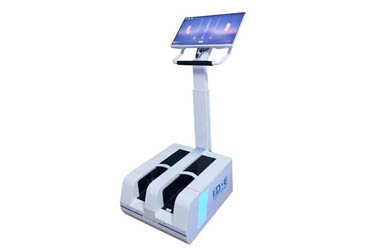
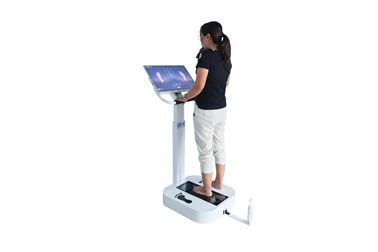

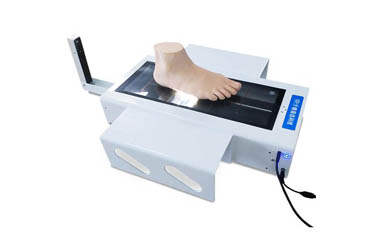
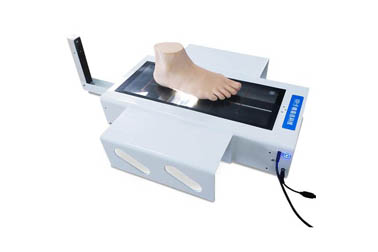
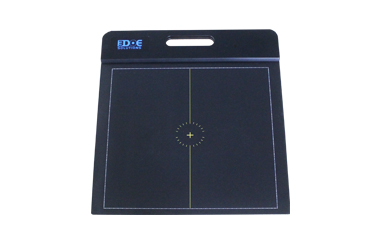



 +86-0755-86131192
+86-0755-86131192